Ockhams
Sampler
Extracts from the finalist books in the Booksellers Aotearoa New Zealand Award for Illustrated Non-Fiction at the 2024 Ockham New Zealand Book Awards

Extracts from the finalist books in the Booksellers Aotearoa New Zealand Award for Illustrated Non-Fiction at the 2024 Ockham New Zealand Book Awards

The Booksellers Aotearoa New Zealand Award for Illustrated Non-Fiction at the Ockham New Zealand Book Awards recognises excellence in works — by one or more authors — with combined strength of illustration and text. Prize money in this category is $12,000.
The Illustrated Non-Fiction category in 2024 is judged by former radio broadcaster and book reviewer Lynn Freeman (convenor); arts advocate and former festival director Marianne Hargreaves; and artist, curator and writer Ane Tonga.
The judges say our past, present and future live within the four gloriously illustrated shortlisted books, in which words and images sit in perfect harmony. “This has been the year of the art book, lavishly illustrated, lovingly researched and written, insightful, profound and beautiful artworks in their own right. Here, too, are under-appreciated (until now) stories that provide invaluable contributions to our understanding of what it means to be a New Zealander.”
This Ockhams Sampler gives you a taste of the craft at play in each of this year’s illustrated non-fiction shortlisted titles. You can read the judges’ comments about each finalist in mauve at the start of that title’s extract.
Look out for samplers of the finalists in the other three categories in the Ockham New Zealand Book Awards. As they are rolled out in the coming weeks, you will find them here:
www.issuu.com/nzbookawards
www.anzliterature.com
https://www.nzbookawards.nz/new-zealand-book-awards/resources/
4
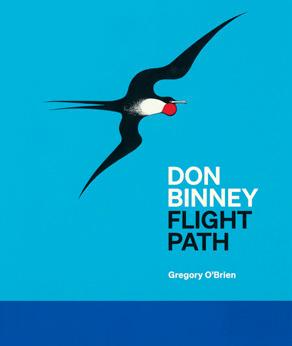
DON BINNEY: FLIGHT PATH
Gregory O’Brien
Published by Auckland University Press
12

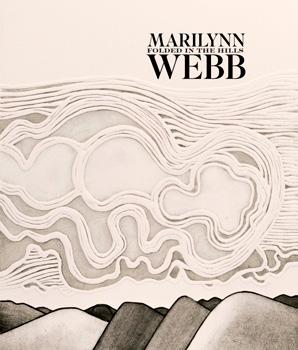

FUNGI OF AOTEAROA: A CURIOUS FORAGER’S FIELD GUIDE
Liv Sisson
MARILYNN WEBB: FOLDED IN THE HILLS
Lauren Gutsell, Lucy Hammonds and Bridget Reweti (Ngāti Ranginui, Ngāi Te Rangi)
Published by Dunedin Public Art Gallery
RUGBY LEAGUE IN NEW ZEALAND: A PEOPLE’S HISTORY
Ryan Bodman
Published by Bridget Williams Books
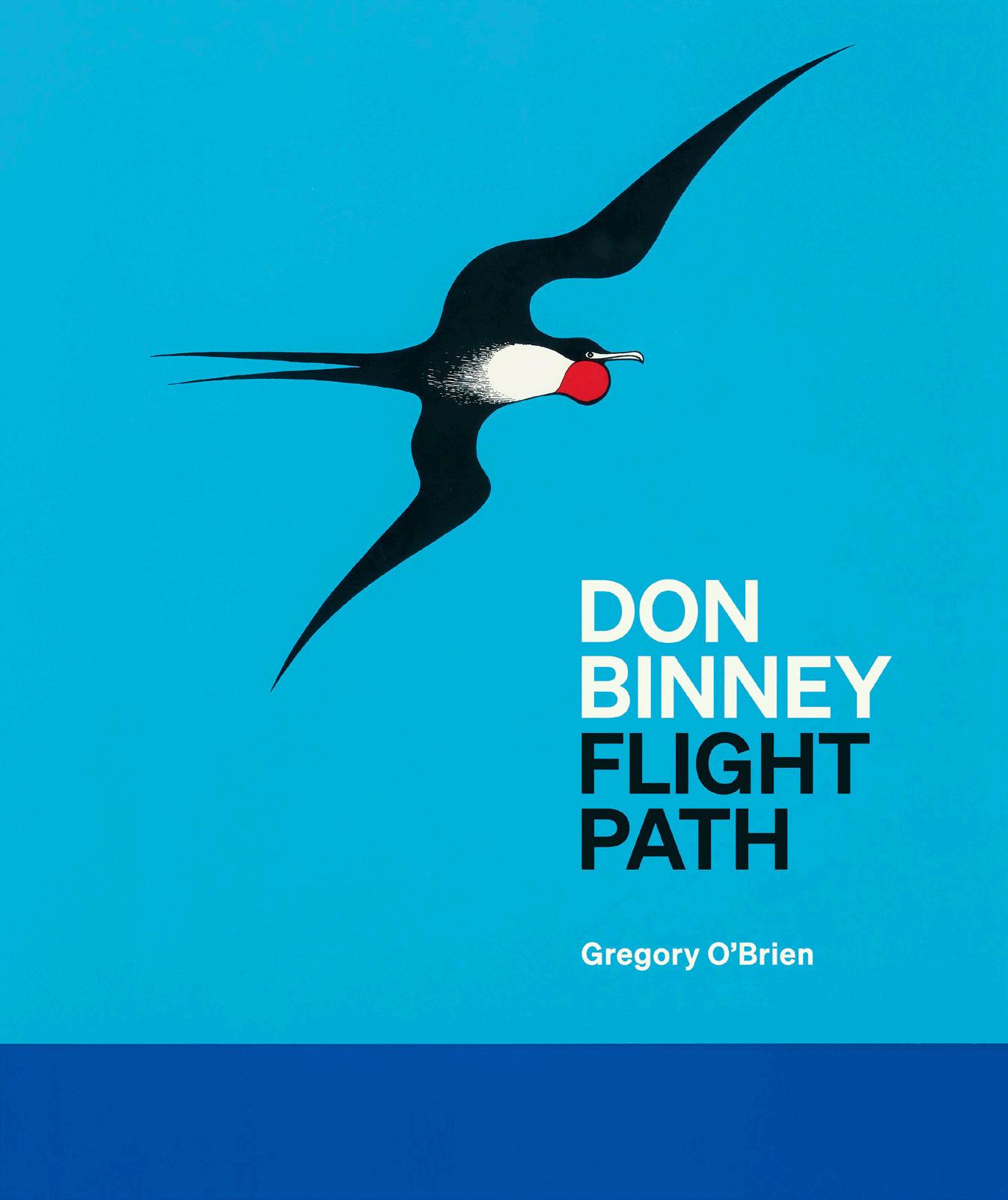
In this wonderfully rich and honest portrait of the artist Don Binney, Gregory O’Brien is never an unquestioning cheerleader for his subject. So while readers see and appreciate his famous works and learn about his interest in both geology and royalty, they also discover his sometimes prickly and sardonic personality. Binney neither liked nor identified with the description ‘bird man’, but hear the name Don Binney and his soaring solo birds come instantly to mind.

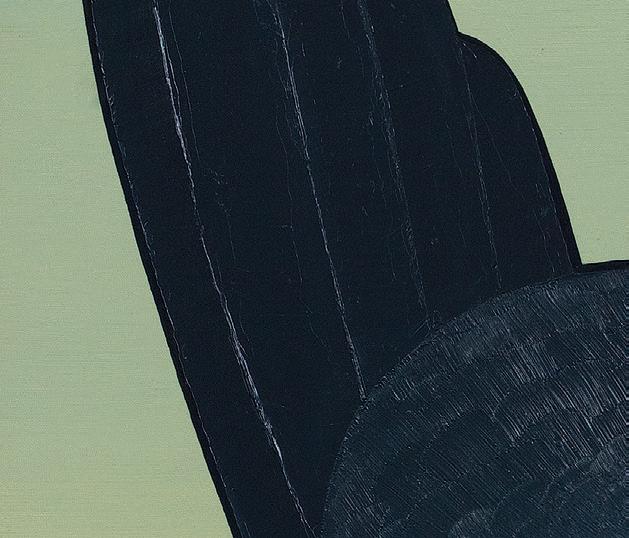
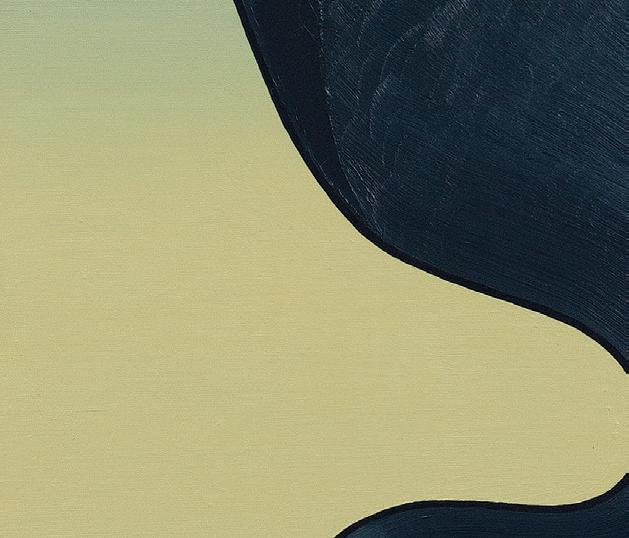



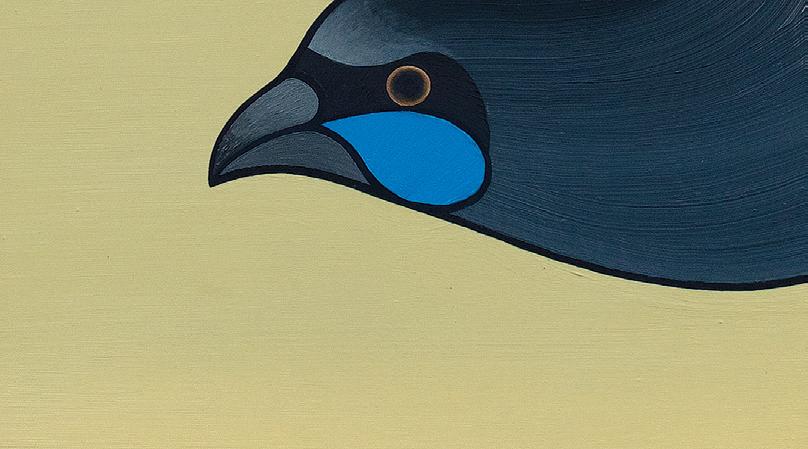

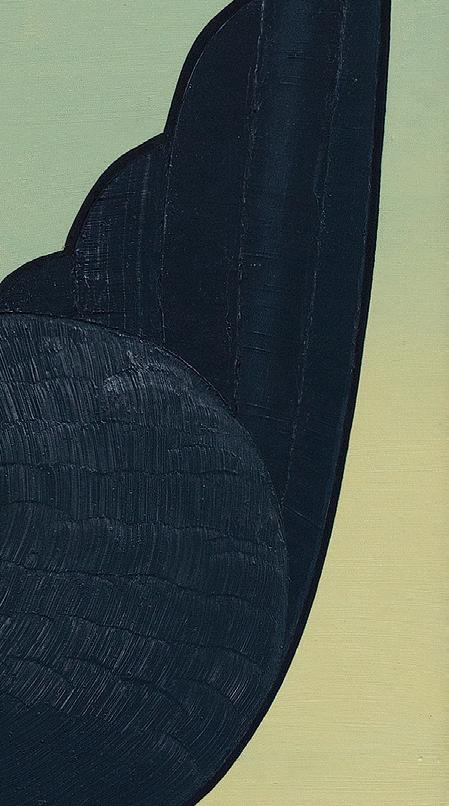





Welcome home, O Run-away!
Welcome, little Leave-the-Land!
Haeremai the Heron, The White Crane, the lost bird.
Home is the Heron, home, home the Kotuku, He Kotuku rerenga tahi!
— Eileen Duggan‘In late 1973 my afternoon Qantas flight entered NZ airspace and I gazed down on Lion Rock and Erangi Point, poised like fire-dogs to either end of the West Coast hearth, awaiting my return. I could not know that one spell of exile would be succeeded by a longer internal one . . .’ So went Don Binney’s recollection of arriving home after exhibiting in London – a solo show which had gone reasonably well, as far as it went. The weeks in Africa and Mauritius had energised him and he was already planning the coming months in the studio. Yet, from the time he touched down, he felt a profound sense of less-than-belonging. First there was the shift in the art community. In his mind, the relaxed freedom he remembered had been hemmed in: ‘Permissiveness gave way to militancy; “swinging sixties” to strident seventies. In art, cold-blooded conceptualism lay coiled to strike Pop’s final boppings. And art historians were graduating from universities and looking for something to do and somebody to do it to . . .’ From being the celebrated, epoch-defining figure, Don Binney was, as the 1970s progressed, feeling obsolete, at best marginal – despite ongoing commercial success and public recognition. He reached the conclusion, almost at once, that the art world had turned its back on him and that he had been ‘white-anted’ (to use his phrase), undermined by the powers-that-be.
It was not, however, all downhill from there. Within a year or two of his return, Binney had produced a number of first-rate landscapes, including Wainamu, Te Henga ’74 III and Scrunties Island and Man’s Head II. There was no longer a sense that these ‘landscapes’ were Binney paintings from which the birds had been excised; here the land was infused with something of the intensity and presence that the birds had provided a decade earlier. As novelist Maurice Shadbolt wrote at the time, Binney had moved to a purer conception of landscape, ‘concentrating on elements in his vision – tall and spiky young native kauri trees, for example – which were subsidiary before’.138 In the same interview Binney asserted: ‘I don’t need a bird to make a painting happen any longer . . . Birds appear when they choose to.’ Shadbolt, clearly feeling Binney as something of a kindred spirit, added: ‘Still, he wouldn’t deny that birds made the door through which he discovered his own country – and, in the long run, himself.’
Binney’s landscape paintings after his travels in the early 1970s are a paean to the noonday light and landscape of Te Henga, now seen and experienced more intensely than ever before – as he himself noted apropos of his ‘Other Places and Homecoming’ exhibition:
I returned to the island/headland concept in Scruntie’s Island and Man’s Head I and celebrated the dog-day growth in warm sand soil with Joyful Summer, Te Henga and Lake Outlet Stream, Te Henga: whose straw-pink stream of pampas grass-heads anticipated a further paint-use of mine. Back at Avon Street, I reworked African and Mauritius ideas and also produced Wainamu, Te Henga ’74 III A clear, cool Anawhata Northward ’74 emerged from that workspace.
Compared with the success of his post-Mexico exhibition at Barry Lett Galleries in 1968, ‘Other Places and Homecoming’ garnered a mild response. ‘Given my idiom, I’m looking briefly at other land and light,’ he announced, referencing places recently visited. ‘I am not for a moment unmindful of the raw human realities within these places: dreadful drought and famine in Ethiopia – and much of the rest of Africa – overpopulation in Mauritius.’ Whereas, in the highly urbanised setting of London, he had found himself painting largely New Zealand subjects, the trip back gave rise to a number of resonant forms and subjects which stayed with him and which he set to work upon once home, albeit on a modest scale.
As the Mexican works had done six years earlier, ‘Other Places and Homecoming’ served to expand the reach and context of Binney’s art, although less emphatically this time. He was hoping for some critical attention from Hamish Keith, who was set to review the exhibition in the Auckland Star, and was granted it:
Now, beyond the hills, bush, cliffs, beach and paddocks of Te Henga, stretches a whole coastline. In Wainamu, Te Henga this is rendered as beautifully as in any 19thcentury topographical watercolour, but with the added ingredient of love and familiarity. Binney paints no strange or foreign landscape.
The contrast between paintings like this and those of Mauritius and other places is immense. In these stranger landscapes Binney looks with all the interested observation of the sensitive traveller. His Mauritius drawings in particular are exactly like the profiles drawn by early navigators charting unknown coasts . . .
Where other regionalists are cold and clinically observant, Binney is warmly and joyfully committed. Where they reduce their subjects to a set of symbols, Binney opts for reality – a landscape in which his once ubiquitous birds are no longer seen, but in which they are certainly heard.
Welcome home, Don Binney.139
214 DON BINNEY FLIGHT PATH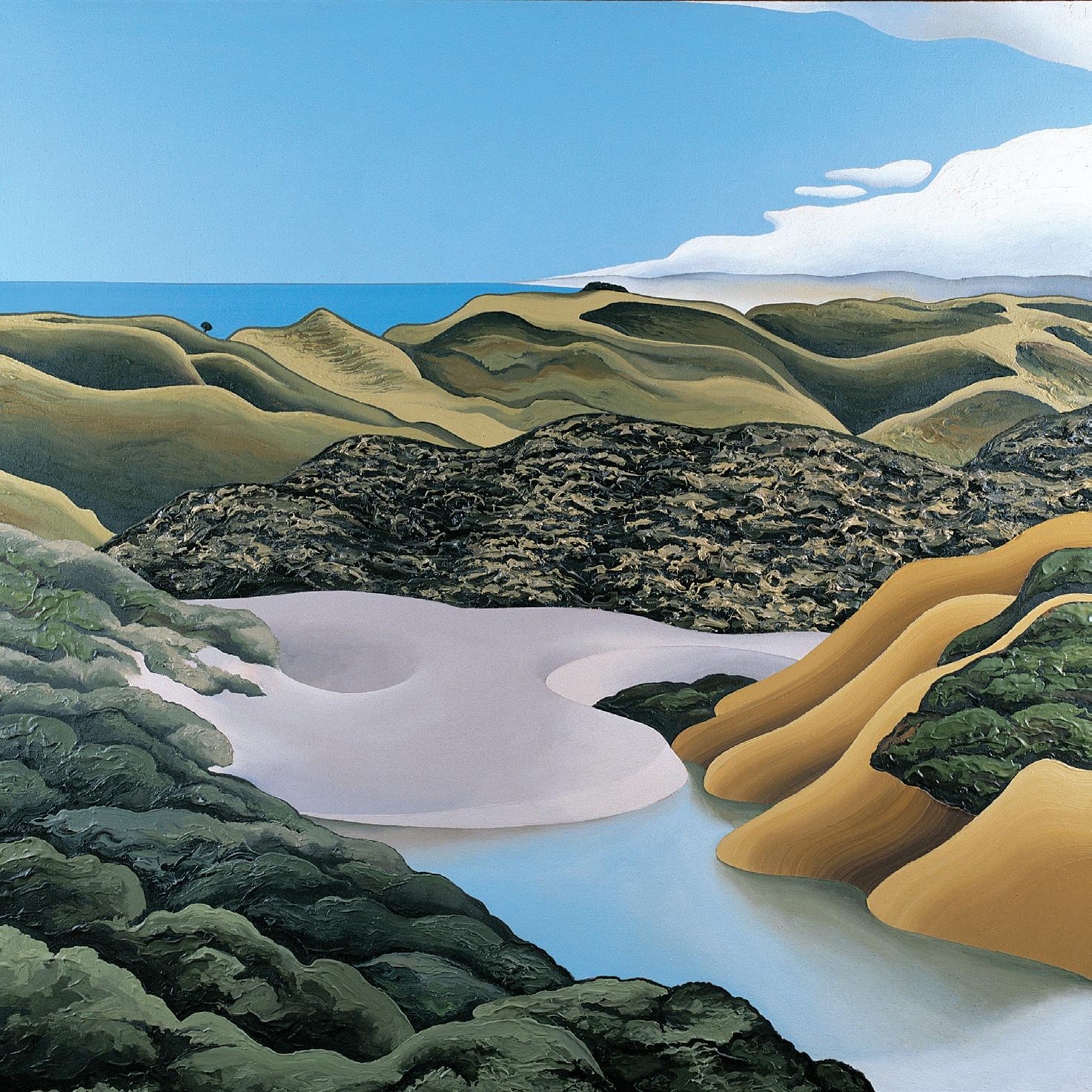
 216
Pipiwharauroa over Te Henga, 1974 oil on canvas, 1220 × 1525 mm
216
Pipiwharauroa over Te Henga, 1974 oil on canvas, 1220 × 1525 mm

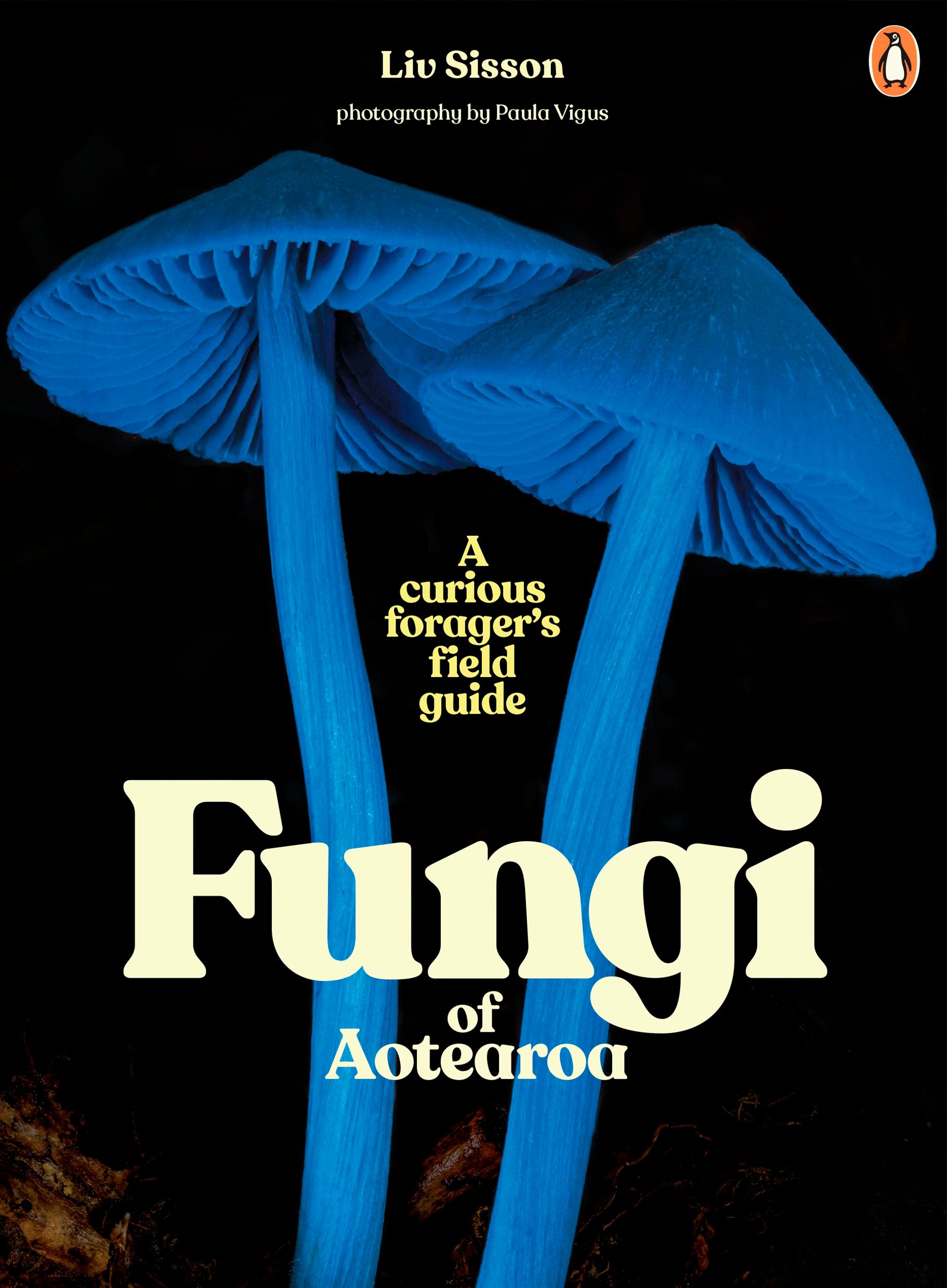
Published by Penguin, Penguin Random House
Liv Sisson’s fungi field guide is a joyous combination of information and advice that is totally practical, potentially lifesaving and deliciously quirky. If you don’t know a black landscaping morel from a death cap or a stinky squid from a dog vomit, look no further. Fungi might not move but they are notoriously hard to photograph, so full credit to Paula Vigus and the other photographers for making the mostly tiny subject matter look enticing, and even monumental.



Left
Fungi are essential to life. To understand what fungi are we need to go back in time, to an era that was supremely mucky.
We’re 360 million years back, to be exact. It’s the Carboniferous Period. Aotearoa is part of the ancient supercontinent Gondwanaland; we’re still attached to Australia. On the ground, things are similarly scary. A 2-metre millipede slithers by. Dragonflies the size of toddlers buzz about. Amphibians are everywhere, and the whole place is a swamp. Dead plants pile up left, right and centre. It stinks. I mean, it reeks. And it’s all lignin’s fault.
Lignin is a super-sturdy complex polymer that all vascular plants contain. It helps plants ‘stand’, but basically refuses to break down. Towards the end of the Carboniferous Period, though, something extremely important happened. White rot fungus evolved a special enzyme that was capable of degrading tough plant material. In short, the white rot clean-up crew showed up to the Carboniferous party and said ‘The show is over.’ Even now, fungi are pretty much the only major organisms that can break lignin down. Fungi have helped engineer the landscape we know today — one where plants get quickly churned to soil instead of hanging around stinking for ages.
This ground-breaking (plant-breaking?) adaptation also helped make people possible. Without the aid of the microscopic fungi that live in our guts, we wouldn’t be able to digest lignin-rich plants or produce the minerals we need to live. And, of course, we also eat fungi. On toast,
Previous page Pixie’s parasol, Mycena interrupta A native morel.atop pizza and in pastas. But mushrooms are only the tip of the iceberg — they’re less than 10% of it. The vast majority of fungi species do not produce mushrooms.
So, what are fungi? Mushrooms, moulds, mildews, rusts, smuts and yeasts are all fungi. Different to plants, fungi have chitin in their cell walls, the same stuff that gives crustaceans their hard shells. Fungi, like animals, are heterotrophs — they ‘eat’ by absorbing dissolved molecules. Fungi secrete digestive enzymes onto the organic material that surrounds them, often wood, to access these snacks. Plants, on the other hand, are autotrophs. They make their own food via photosynthesis. Fungi ‘move’ in two ways — by growing and releasing reproductive spores, which are spread by the wind.
Fungi are everywhere. At this very moment, microscopic fungi are living in you and on you. You likely breathed in a few fungal spores in the time it took you to read this line. Fungi colonise our bodies, run our ecosystems, and make an absolute mess of the tidy categories we use to organise the world around us.
In terms of size, fungi somehow manage to be both micro and macro at the same time. The largest living thing (by area) is a fungal network in Oregon, USA. It’s about 2400 years old and covers 965 hectares, which is about 1665 rugby fields or roughly 10 square kilometres.1 The blue whale hardly stood a chance against this thing.
Minuscule fungi, the little guys we can only see through a microscope, have been changing the course of history since the Carboniferous. Not only do the fungi in our guts help us digest food, but they also help trigger our development and protect us from disease. And when disease does strike, we have fungi to thank for the medicines that heal us. Penicillin, the original antibiotic, is derived from the Penicillium fungi. The discovery of penicillin is credited with helping the Allied forces win World War I, by preventing deaths due to infection. And the human discovery of yeast fermentation set us on a culinary pathway that was unthinkable when hunting, gathering and consuming immediately was the only option. Fermentation and food preservation freed up our time and allowed us to pursue other things like art, music and footy. Thanks, yeast.
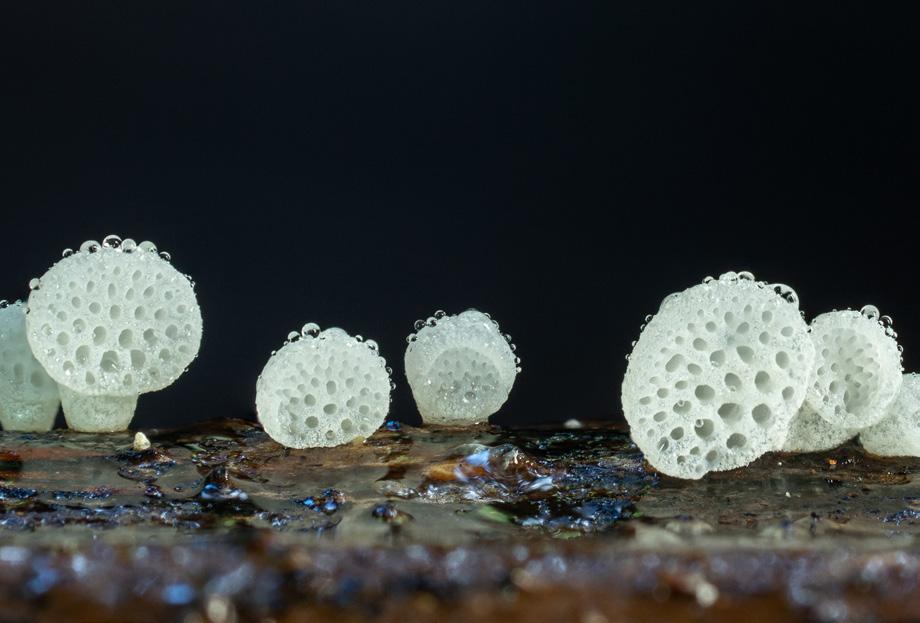
Fungi are essential to life itself, and they pave the way for new life too. They’re ecosystem pioneers. When retreating glaciers leave the land bare, when volcanoes encapsulate entire ecosystems in lava, or when fires scorch the earth — fungi are often the first organisms to re-emerge. And it’s not just any old fungi that lead the charge, it’s lichen. That symbiotic collaboration between fungi, algae and, as we’ve learned more recently, bacteria too. Slowly but surely, lichens colonise rock faces. The acids that the lichens secrete etch away at those rocks, digesting them into the tiniest bits possible. This is the first step in soil production, it releases life-giving minerals back into the ecosystem so that other flora, fauna and fungi can set up shop once again.

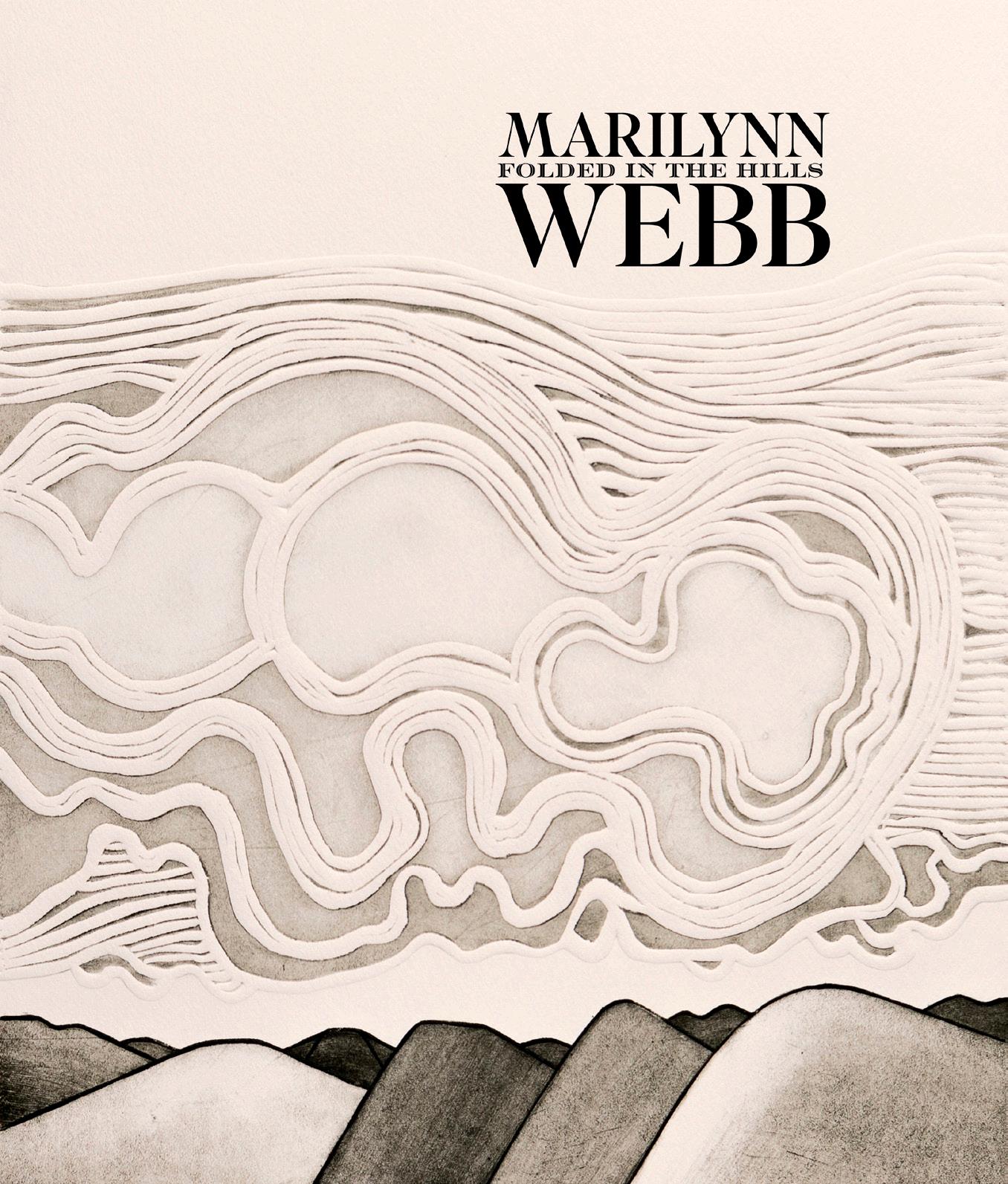
From its irresistibly tactile cover to the end note from the Webb estate that the humble Marilynn would have been honoured by the book, this is a magnificent publication. Creating a book from an exhibition has many fishhooks, but the writers, contributors and designer have produced a book that shines. Webb’s life story and her artistic practice are told in both te reo Māori and English, and her art is lovingly and accurately reproduced on the page.
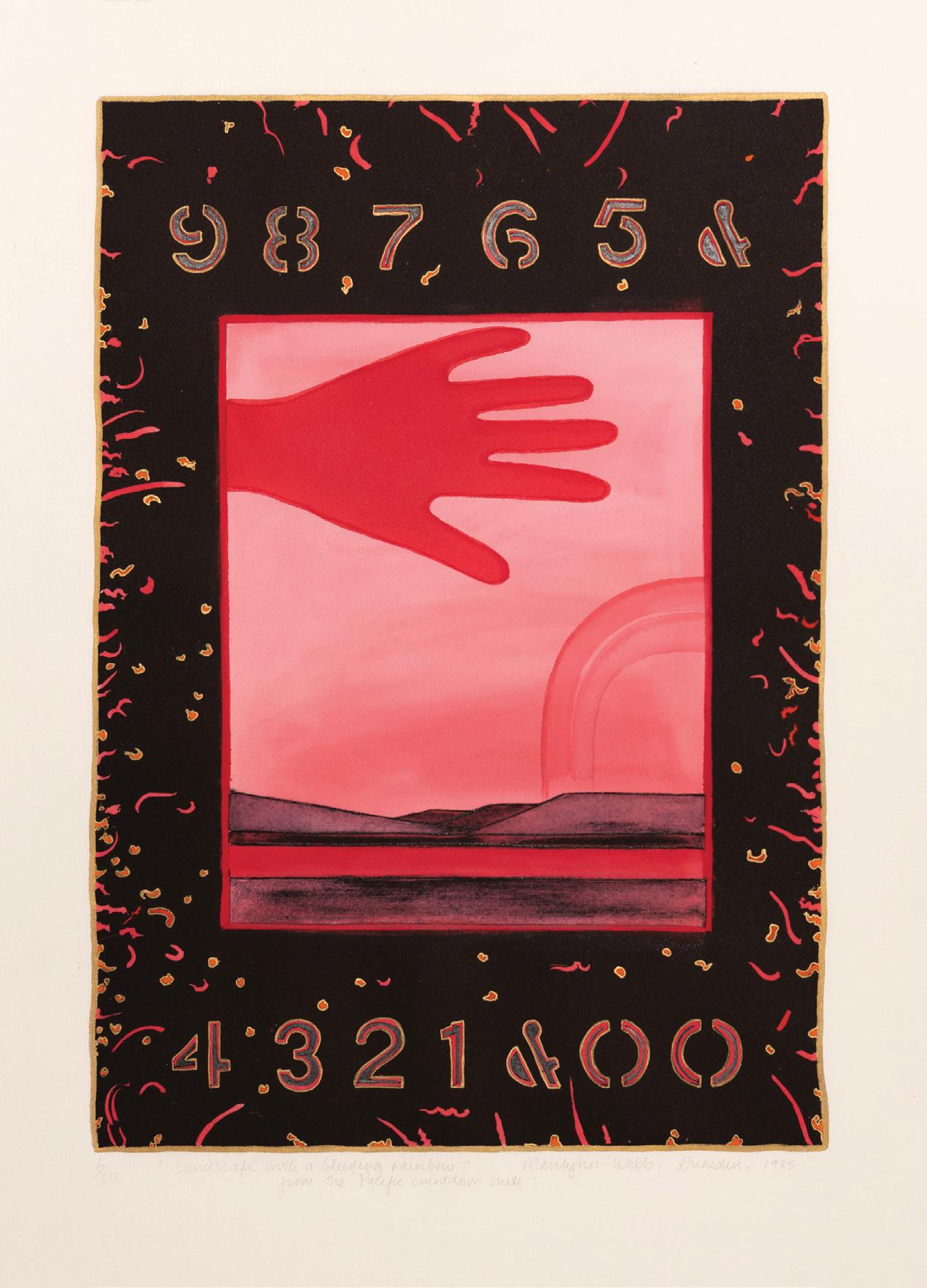
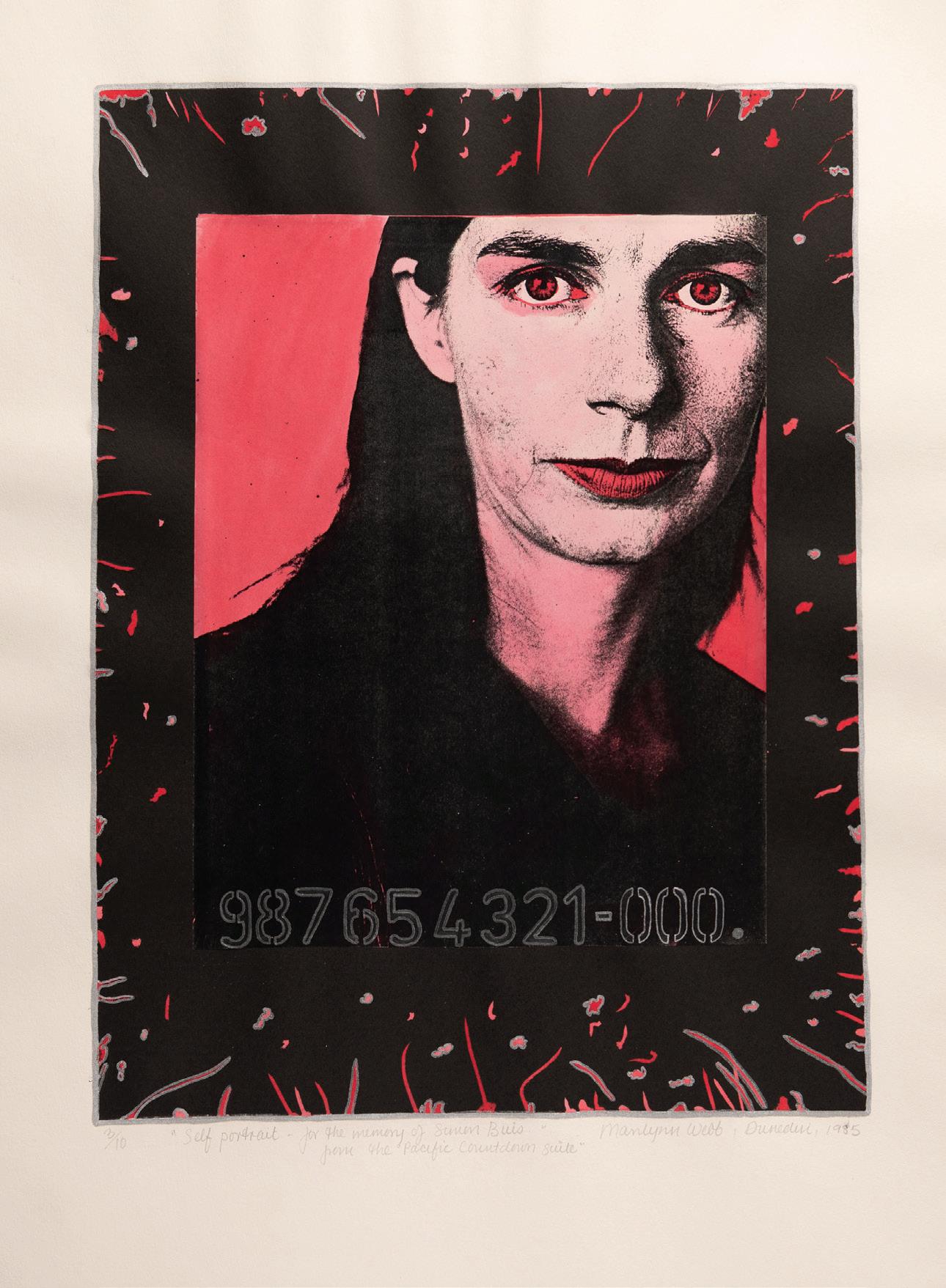
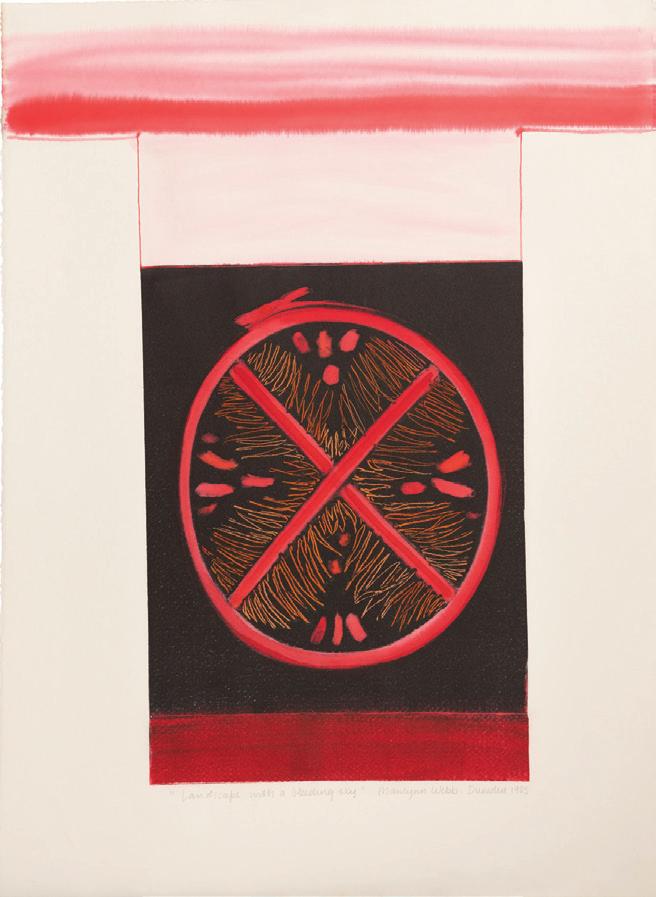
I te Oketopa o te tau 1985 i tonoa a Webb ki te Annual International Exhibition i tū ki te Pokapū Toi ā-Ao ki Parī (Centre International d’Art Contemporain).46 I tukuna e Webb kia iwa o āhana mahika toi tae noa atu ki Landscape with a Bleeding Rainbow, Landscape with a Bleeding Sky, Self Portrait for the Memory of Simon Buis, Dark Sunday – Lake Mahinerangi, ā, me Hand in a Burning Landscape hoki (nō te tau 1985 te katoa).47 Kīhai i whakaae kā kaimahi o te Ahurewa nei ki te whakairi i ēnei mahi ki te whakaaturaka – ko te whakapae a ētahi, nā te kiko o kā mahi te take. Ahakoa tērā, i whakairihia toutia i te rā whai ake i te totohe o ō Webb hoa, me ētahi rika toi kāore anō ia kia tūtaki.48 Ko tā Webb mō te whakaaturaka nei, ‘Kāore i hoko atu te paku aha, ehara tērā i te take nui i te mea he nui anō taku kōrero mō taua kaupapa ki Wīwī tou. Ko taku whakapae ka whakakorea taku ikoa i te rāraki tono o te Whakanōhaka Toi ā-Ao ināianei! Ā mōhoa noa nei, ko tonoa ahau ki kā whakaatu ki ētahi atu wāhi ki Ūropi tae noa atu ki tētahi whakaaturaka nui ki Pearīni, nā reira au i manawa reka ai, i te mea mā kā rika toi tou e rauhī, e whakairi.’49
I puta anō te waitohu o te āniwaniwa e toto ana ki, Being in Maniototo Suite he raupapa o Webb o kā mahika toi piakano i waihakahia e ia i te whiore o te kahuru tau 1980. ‘He kano ko miria e te rika ki te pepa whai niho hōhonu, i tīmata ia ki te waihaka i kā whakaahua o te wai, o te whenua hoki i ā rāua tūtakitaka ki kā mānia o Maniototo, ko te tikaka o te ikoa nei ko “kā pārae o te toto māeneene”.’50 I toa i a Webb i kā tohu toi e rua i kā mahi nō tēnei raupapa. Ko te tuatahi he pōkaitahi kairaki e tohua ana te tutukihaka whetū tārake i te mahi piakano nā Tauwhāika Toi ā-Ao ki Niu Ioka. I te tau 1988. I whakakonohi kā kairauhī i te Whare Taoka Toi ā-Taone, te Whare Taoka o Whitney, te Ahurewa Niu Ioka me te tāka pukapuka Art in America. 51 Ko te pōkaitahi tuarua he tohu kairaki ki te mahi
mātātuhi. I te Noema o te tau 1988 i tonoa a Webb ki te tuku mahi ki tētahi tauwhāika toi ā-ao nā Toi Paeraki (Art Horizons) i Niu Ioka. I tukuna te mātātuhi tahi ko whakakauruki ki te rika, The Swimming Hole (1988) me te mātātuhi waikawa Shadows in the Water (1988).52 I whakawāhia te whakataetae rā e Ellen Handy nā te Whare Taoka Toi ā-Taone rāua ko Walter Robinson nā Art in America
I whakaaturia e Webb a The Swimming Hole and Willows, Maniototo (1988) me Willow and Dark Water (1988) ki te 18th International Biennale of Graphic Art ki Ljubljana, Tararā i te tau 1989, i whāia kia whakahauoratia, kia whakakōkiritia kā mahi ā-ao o te mahi mātātuhi. I noho tāhana mahi ki te taha o ētahi atu kai mātātuhi nō Aotearoa, tae noa atu ki Barry Cleavin, rātau ko Denise Copland, ko Jenny Dolezel, ko Rodney Fumpston, ko Pat Hanly, ā, ko Richard McWhannell hoki.53
Puta noa te mahi pūmau o Webb, ko te honoka i waeka i te papa mātātuhi me te papa wai te mea i renarena ai te whiri i tāhana aro atu ki te mahi mātātuhi. Hai tikaka toi, he wāhi anō tō te mahi mātātuhi e māmā ai te tāruatia (me he putaka hoki), e tino wātea rakiwhāwhā ana, he māmā te hōrapa, ā, he māmā anō hoki te utu. I te whakapono pai ai a Webb ki te ariā mā te mahi ka ako, he tukaka i whirinaki ai ia i tāhana aronui ki te waihaka i te raupapa e āhei ana kia whanake tōhona kirikawaka ‘kia whakarewa ai he whakaahua’, me te ‘whakarewaina atu o tētahi whakaahua e tētahi atu whakaahua’.54 Koia rā tāhana kōrero, ‘Ko whanakehia e au te tāruataka o āhaku tāka horonuku kia taea ai te hōpara i kā tikaka o te whakarite raupapa.’55 Ko te waihaka atu o tētahi putaka o te wāhaka kotahi ko tētahi āhuataka i whakaritea tahitia e Webb i taua wā tou ko pōwhiritia, ā, ko poroporoākīhia hoki.


PAGE 122:
PAGE 123: JOHN MILLER
stark and minimal, intuitive responses to specific landscapes in Aotearoa and central Australia. These were followed by Cloud Landscapes (1974), which introduced more fluid, tonal forms and embossing techniques. But rather than a depiction of place, these works are better understood as a reflection of how Webb related to and thought about the landscape.
Webb grew up in Ōpōtiki in the 1940s and early 50s. Her life was strongly shaped by the coastal environment, her relationship to land, water and sky, and her knowledge of the bush and plant world. As she developed her artistic voice, she turned toward these connections, translating them into line and form. Her images responded to the physicality of the landscape, its depth and surface, and the dynamic exchange between land and sky. When later describing her work to art historian Tracy White, she commented, ‘It’s got nothing to do with drawing landscape: it’s to do with connection.’5
Webb’s practice expanded in the second half of the 1960s. She travelled and exhibited regularly, both in Aotearoa and internationally, and her work developed a clear and distinctive language. This period also reveals a clearer sense of Webb’s values, and her growing resolve to pursue her artistic practice and independence.
Despite the benefits of work as an art advisor, Webb was aware of the inequalities embedded within the system and in society at large. She noted that additional workload often rested on the shoulders of single female art advisors, as if a lack of family commitments made them freely available to run weekend workshops and conferences and to take on extra work. She was
MARILYNN WEBB: FOLDED IN THE HILLS 122 MARILYNN WEBB Cloud Landscape Central Otago 8 1974 Linocut intaglio & relief support on paper, 462 x 368mm; 760 x 560mm paper size Hocken Collections – Uare Taoka o Hākena, University of Otago (Ngāi Tawake-ki-te-tuawhenua, Te Uri Taniwha, Ngāti Rehia, Te Whiu hapū of Ngāpuhi Iwi) Tūkāki wharenui, Te Kaha-nui-a-tiki marae, Te Kaha. Marilynn Webb and Ralph Hotere. June 1973aware of male colleagues who earned higher salaries than she did, and later wrote that ‘the art world was totally dominated by males who catalogued you, submerged you, and discriminated against your work if you didn’t conform’.6 While living in Australia in the early 1960s, she had considered establishing her own children’s art programme that included painting, drawing, music, theatre and film, and expressed to John Ritchie her reservations about returning to Tāmaki Makaurau.7 Although Webb did return in the early 1970s, she soon made the decision to turn away from teaching and towards her art practice.
In 1974 Webb was awarded the Frances Hodgkins Fellowship, the first wahine Māori and the only artist working in print media to receive this significant award. Supported by a salary and studio space for a year, she described it as ‘the sanest way of working in New Zealand’, and for the first time in her 15year career had free and uninterrupted time to pursue her art.8 She returned to a tight-knit circle in Ōtepoti, which included life-long friends Ralph Hotere (with whom she had taught in Tāmaki Makaurau and Te Tai Tokerau), Anna Marsich and Hone Tuwhare. It was a convivial and supportive time, as she wrote to friends Ian and Yvonne Spalding: ‘I’ve now adjusted to the climate and don’t find it so catastrophic. My printing ink has to be warmed before it works, and I’ve had to buy lots of socks … Anna and I eat great meals together and we had a lot of horse mushrooms last week. We also gathered some rose hips and made some syrup which is lovely in gin. Ralph supplies the mussels and cockles.’9
The year was intensely productive for Webb and was the beginning of a major period of development in her work. Her regular letters acknowledge the value of the time she had been afforded: ‘It’s magnificent not having to go to a proper job

 Published by Bridget Williams Books
Published by Bridget Williams Books
One of Ryan Bodman’s many achievements with this, his first book, is the fact that you don’t have to know or even be interested in rugby league to enjoy it. He presents us with a genuinely fascinating social history which includes identity, women in sport, gangs, politics and community pride in their teams. The photographs taken on and off the field are an absolute treasuretrove of a record of the sport.
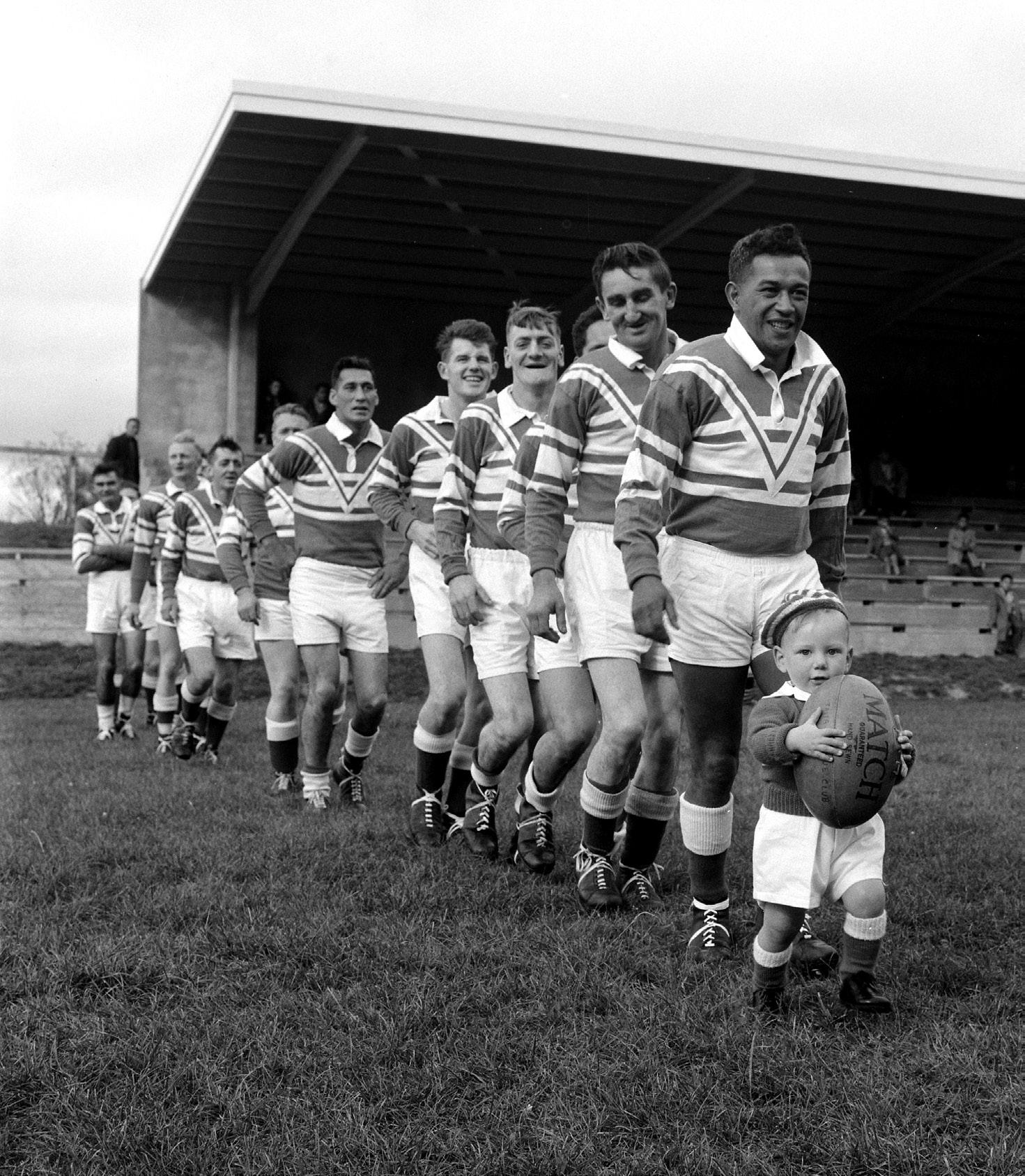
The Otahuhu club’s golden jubilee publication in 1961 acknowledged that women were responsible for many of the ‘important tasks that make a livewire club tick’.94 Alongside fundraising initiatives, ladies’ committee members completed the domestic duties associated with club life, and many brought a strong ‘nurturing’ focus to their involvement in rugby league. Cathy Friend’s involvement started at the Manukau–Greenlane club, where she began helping the ladies’ committee at the turn of the 1950s. Friend recalled that ‘the women were there to serve [at] the canteen . . . sell the lollies and pies . . . and clean up’.95 And they were also ‘the runners’: ‘If anyone got hurt during a game they were there because St Johns weren’t around at that time.’96
In Waitara, Esme Tamati filled similar roles in the local rugby league club, working with other members of the ladies’ committee to ensure that everything ran smoothly on game day. ‘In those days you had a woman at the club that washed the jerseys’, explained Esme’s son Teri:
The fields [were] terrible ‘cause [league] always got the worst grounds . . . so . . . we used to have to hose the jerseys down to get all the . . . mud off them . . . [before Mum] could . . . start washing them . . . It was a bit of a family ritual really, and everyone used to laugh at Mum’s clothes line as they went to work . . . [with] jerseys hanging out there all winter trying to get them dry. But they were [always] immaculate by the next weekend.97
Alongside her role as jersey washer, Esme Tamati was a mainstay in the Waitara club kitchen for decades. Reflecting on this aspect in 2010, Tamati said she hardly ever watched the action at Clifton Park, because ‘I was always too busy in the kitchen . . . making sure everyone got a feed after the games’.98
Alongside domestic duties, women’s involvement in post-war rugby league also involved childcare responsibilities. Schoolboy rugby league grew significantly across the country, with the Auckland game growing from 1,800 young footballers in 1946 to 3,850 by 1958.99 Rugby league clubs required an ever-growing number of volunteers to administer schoolboy teams, and many mums took on the challenge. Jan Haggie married in 1960, and her husband, Piki Haggie, was a ‘good player for Ngaruawahia’:
And because my love of the game was already there, I became interested in administration . . . By then we had three kids and Dean was starting to play, age six, so I became a staunch supporter of the Ngaruawahia Schoolboy Rugby League, got on the committee.100
While Haggie helped to administer the schoolboy game, other mums took up coaching roles. Dale Husband moved to Blockhouse Bay in 1959, where the local league club was newly established, ‘and Mum, looking for something for her boys to do,
A
Alexander Turnbull Library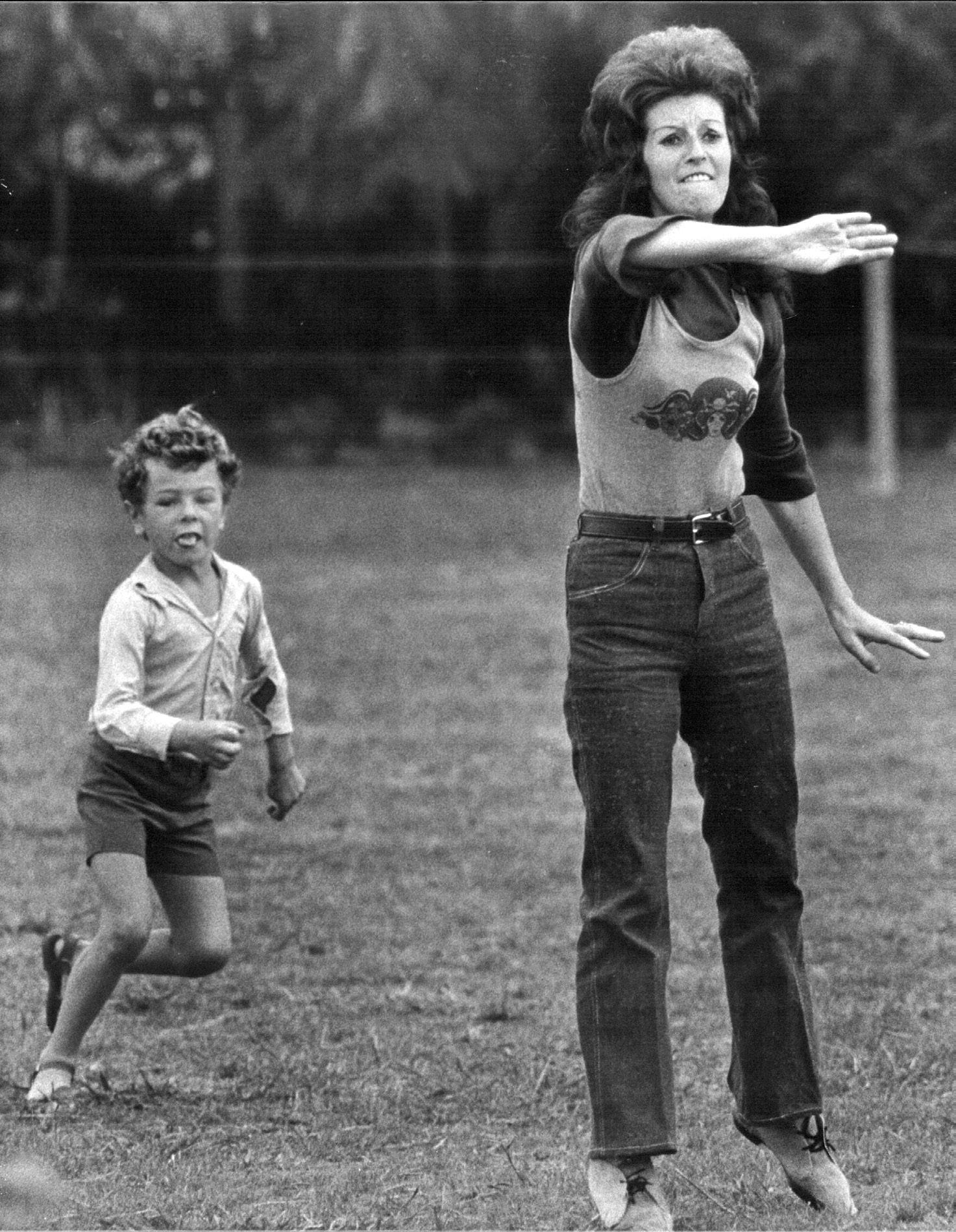
enrolled us all [with the Blockhouse Bay Rugby League Club] and went on to coach . . . when we were five and six’.101 The 1950s were the first decade in New Zealand’s rugby league history that women had the opportunity to coach the sport, and as they took up this challenge, some demonstrated considerable footballing nous. At Bert Henham Park in Ōtāhuhu, Moira Cotman was one of several local women who coached their sons’ schoolboy teams in the 1950s and ’60s. Across her six seasons in charge, Cotman’s side claimed two premiership titles and finished runners-up on four occasions.102 In Manurewa, Ngaire Fielding coached a Marlin’s schoolboy team for thirteen years; the team won the premiership title ten times.103
Discussing the involvement of women in English rugby league, Victoria Dawson suggested that the role of women in the game ‘replicated the active, organisational role that they took within the family home’.104 In many ways this assessment applies in the New Zealand context, where women leaguies completed many of the tasks held to be women’s work within the family home. However, while such contributions did not attract the adulation and attention enjoyed by the boys and men who played rugby league at the time, the involvement of women in the post-war game had a significant impact on the culture of the sport as it developed in New Zealand. In a Māori context, the manaakitanga extended to manuhiri by tangata whenua serves to bolster the mana of the hau kāinga. And at kaupapa Māori rugby league clubs, the hospitality provided to visiting teams by club women was a significant source of pride for the entire club community. People rave ‘about the food that’s served at the Taniwharau club’, explained Rex Hohaia: ‘The girls there . . . they put on a massive meal, you know, just amazing food . . . It’s always been a thing [that if] you talk to anybody that’s had a meal at the Taniwharau club, they go, “Oh yeah, ka pai, ka pai” [laughs while tapping his puku].’ 105
Alongside the participation of Māori communities, the involvement of women in the New Zealand game also helps to explain why local football clubs became such powerful tools of community cohesion in post- war New Zealand. In these years countless women committed untold hours of their time to their club communities, and in the process they brought to rugby league many of the intangible qualities that cultivated a family or whānau feel in the game. Esme Tamati’s commitment to the Waitara Rugby League Club is one example. Following decades of service to the club, she passed away in May 2017, and her son Howie said the club had been ‘blessed to have someone with a value set’ like hers: ‘[H]er honesty, her integrity and her giving heart . . . She watched [generations of local children] grow from kids to men. She fed them, cared for them and loved them . . . and she never lost one jersey off that clothes line either.’106
While the involvement of women in rugby league clubs tended towards a certain set of responsibilities, women’s contributions to the game were by no means restricted to such tasks. In fact, many women across the country used their
Judy Tohill coaches her son from the sideline during a junior open-grade match between Pakuranga and Manurewa Boys on 1 April 1976 at Omana Road Park, Papatoetoe. Stuff Limited
Dane Sorensen finds some space for the New Zealand Māori team during a match against an Auckland representative side raising funds for Coombrae Home for the Aged at Memorial Park, Palmerston North, in September 1974. The Auckland side overcame an early deficit to win the match 15–4. Stuff Limited courtesy of Manawatū Heritage



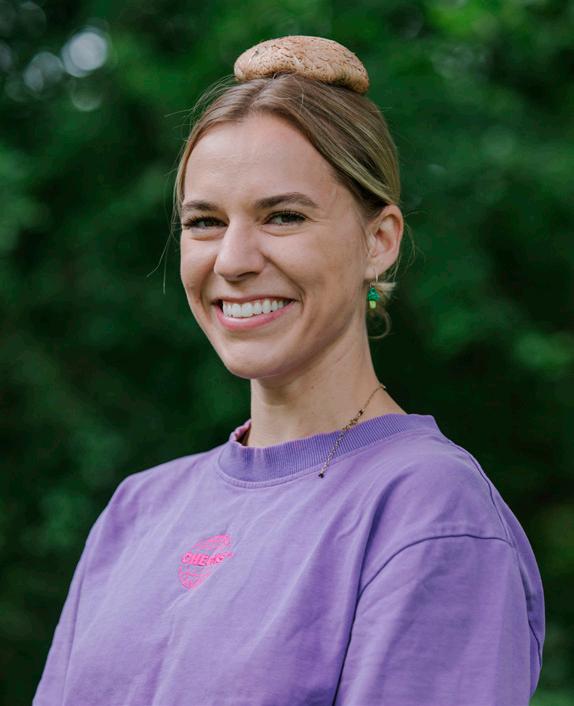
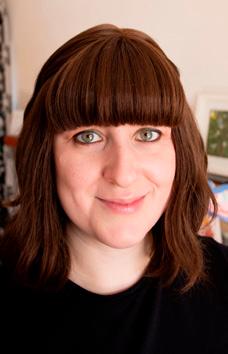
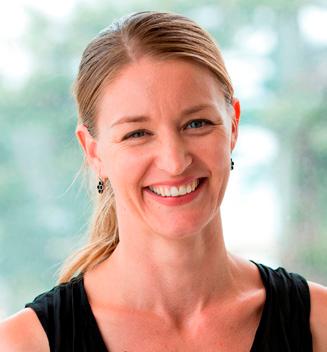

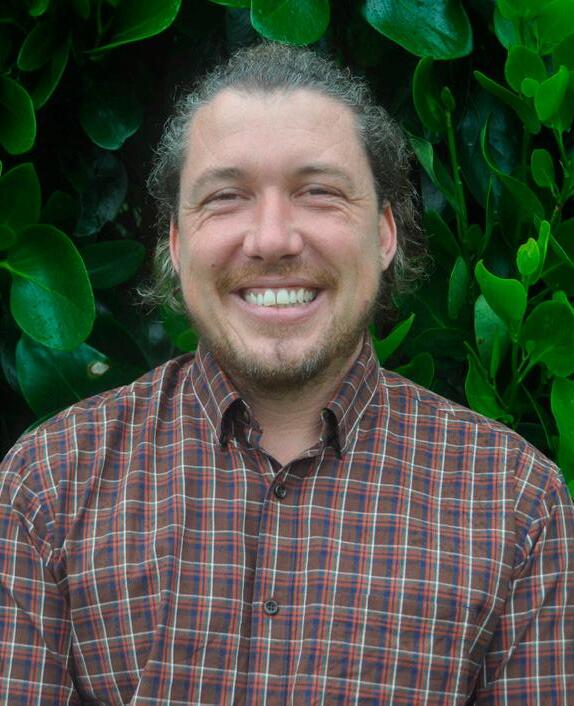
Marilyn Webb: Folded in the Hills
Whakamihi to all the authors whose work has been recognised and honoured in this this year’s Ockham New Zealand Book Awards. We encourage readers to seek their titles in bookstores and libraries around the motu. And we invite you to join us on Wednesday 15 May to hear the finalists reading from their books, and to celebrate the ultimate winners of the $125,000 prize pool at the awards ceremony, during the Auckland Writers Festival. To find out more follow NewZealandBookAwards or #theockhams on Facebook and Instagram.
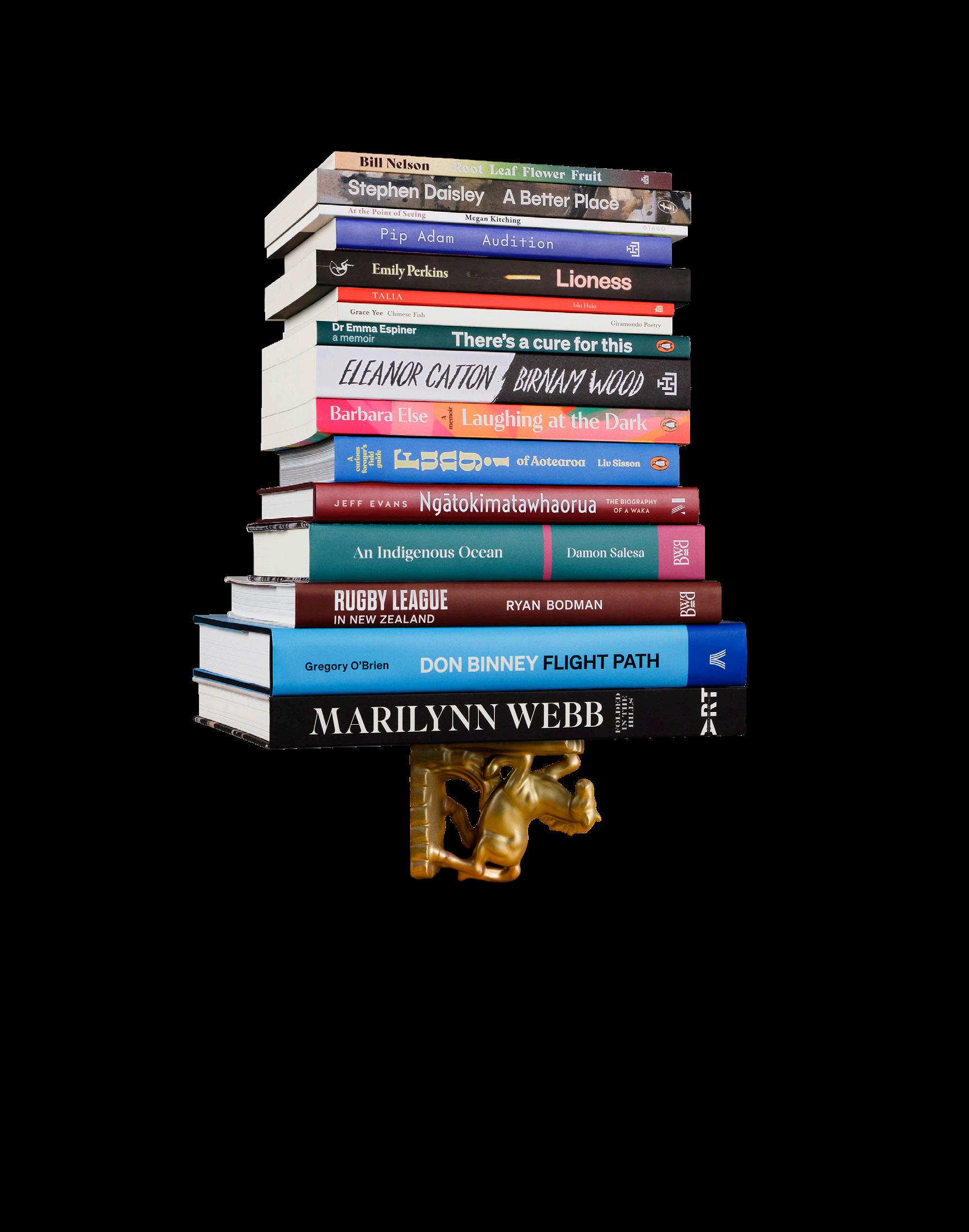
The Ockhams Samplers were compiled with the assistance of the Academy of New Zealand Literature.
Look out for the other category samplers at:

